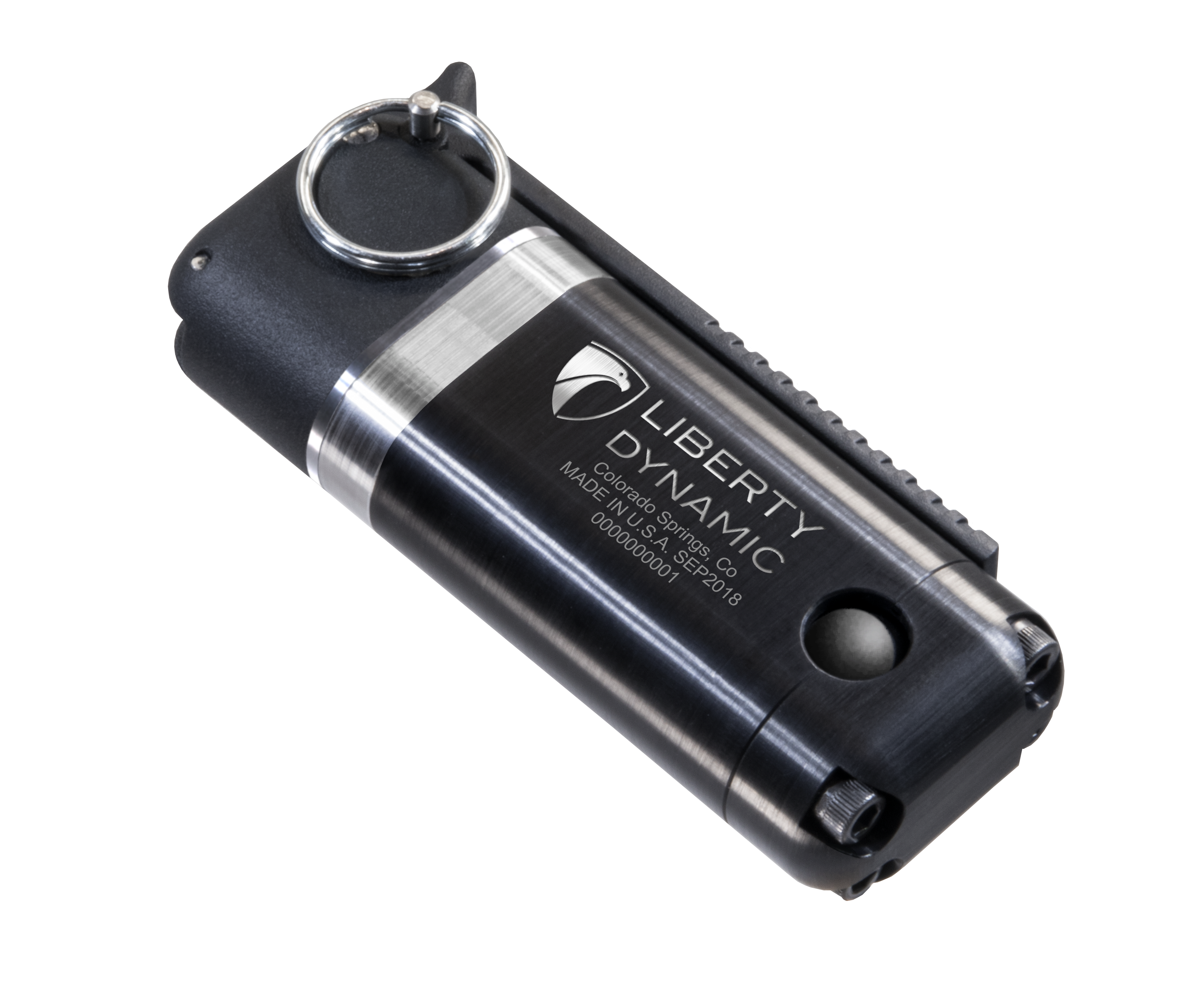FREDERICKSBURG, Va. – Army leaders see a future battlefield with networked minefields a commander can see from across the globe through satellite communications and that can be scattered in minutes but also retrieved and reused when needed.
The push is an effort to keep land mines of various types in the weapons portfolio while still meeting the agreements made to get out of the old school “dumb” land mine use.
Smart mines being developed now are a way to replace some of the aging stocks in the “Family of Scatterable Mines” run by the Army’s Program Manager Close Combat Systems.
RELATED

The program actually runs nearly half of all munitions from non-lethals to hand grenades to shoulder-fired rockets and counter explosives equipment.
The portfolio, its challenges and what’s happening now were laid out for attendees at the annual National Defense Industrial Association’s Armament Systems Forum in June.
Top of the priority lists are some simple munitions needs — more hand-grenade fuzes and better shoulder-fired weapons.
But the big ticket items that need problem solving are how to use “terrain shaping obstacles,” or land mines, that can be delivered to close, middle and deep distances and then controlled to avoid the problems of scattering mines across war zones and then leaving them for an innocent passerby to trigger years or decades later.
Small options such as the remote activation system used for current mine emplacements relies on radio frequency transmissions.
But, as Joe Pelino, head of close combat systems for Army research noted, in a near peer fight it’s likely that adversaries will do RF jamming.
The Army has a host of terrain-shaping obstacles, everything from the trusty standby Claymore mine which came online in the late 1950s and saw extensive use in the Vietnam War to the Gator system, which can be air dropped to take out everything from an individual soldier to a tank.
They’re also the anti-personnel area denial artillery munition, or ADAM, mine that can be launched using a 155mm round from artillery. Its cousin, the remote anti-armor munition, or RAAM, packs a bit more of a punch but also can be delivered from anything that fires a 155mm shell.
Both are fired to the area of the threat and then roll out multiple mines that detonate when the appropriate level of vibration triggers them.
Pelino described the Modular Pack Mine System, or MOPMS, like a minefield in a suitcase. Though coming in at 165 pounds, that’s a very heavy suitcase. A single radio-control unit can run up to 15 MOPMS on the battlefield. They can also be hardwired to a controller.
An upside to the MOPMS is it can be recovered and reused.
On the lighter side is the M86 pursuit deterrent munition. It was designed for special operations forces to use when being pursued by an enemy. Think classic films where the character scatters nails or an oil slick to slow down their chaser, except with a lot more boom.
Only instead of firing from a cannon, the soldier has to arm the device and deploy tripwires for bad guys to stumble upon.
The Volcano mine system takes more of an industrial approach. Allowing a UH-60 Black Hawk to create a 1,000-foot minefield in less than a minute, Pelino said.
The problem with all of those systems is they don’t currently meet treaty obligations and many that had about a 20-year shelf life are pushing past 30 years now.
Most will still be in stock at 2035, as the Army uses updates to keep them serviceable, Pelino said.
The newer Spider System is one that allows soldiers to put in a porcupine-looking system that gives 360-degree coverage to deny enemy access to an area while also networking with other systems and a common controller.
Future systems will look a lot more like Spider and a lot less like pressure plate mines of the World War II era or the venerable Claymore.
The future minefield systems must have a 2 to 300km communications capability, an ability to be switched on and off, remotely modified self-destruct or deactivate mechanisms, self-report status so that users will know if they’ve been tampered with or if a mine went off.
The Army also wants the mines to be able to not just blow up when something rumbles by but also detect, track and engage threat vehicles for everything from tanks to engineer equipment. Oh, and it must work in all terrain and weather conditions, be easily trained and employed, recoverable, reusable and affordable.
The standard kit will include between half and a full brigade’s worth of mines to block off areas for maneuver and prevent enemy flanking.
-Military Times writer Mark McKerrick contributed to this reporting.
Todd South has written about crime, courts, government and the military for multiple publications since 2004 and was named a 2014 Pulitzer finalist for a co-written project on witness intimidation. Todd is a Marine veteran of the Iraq War.





